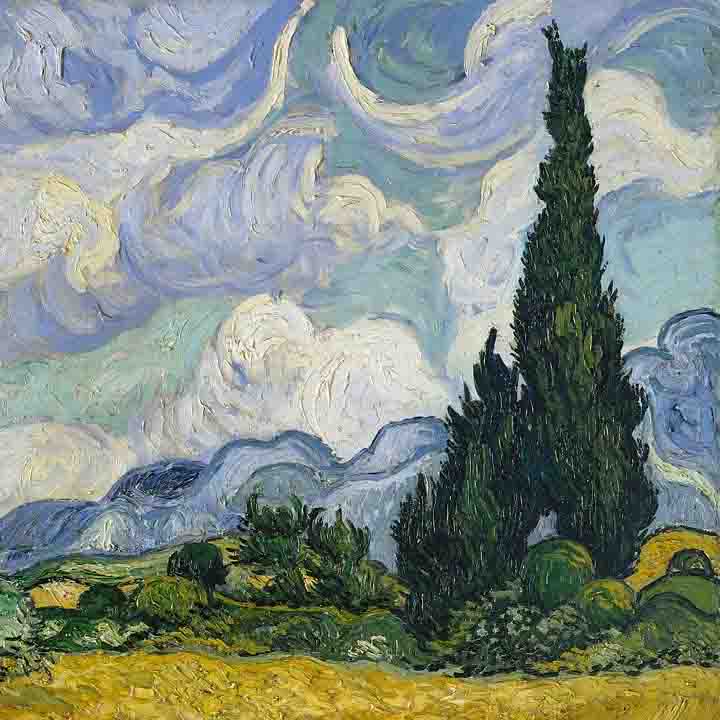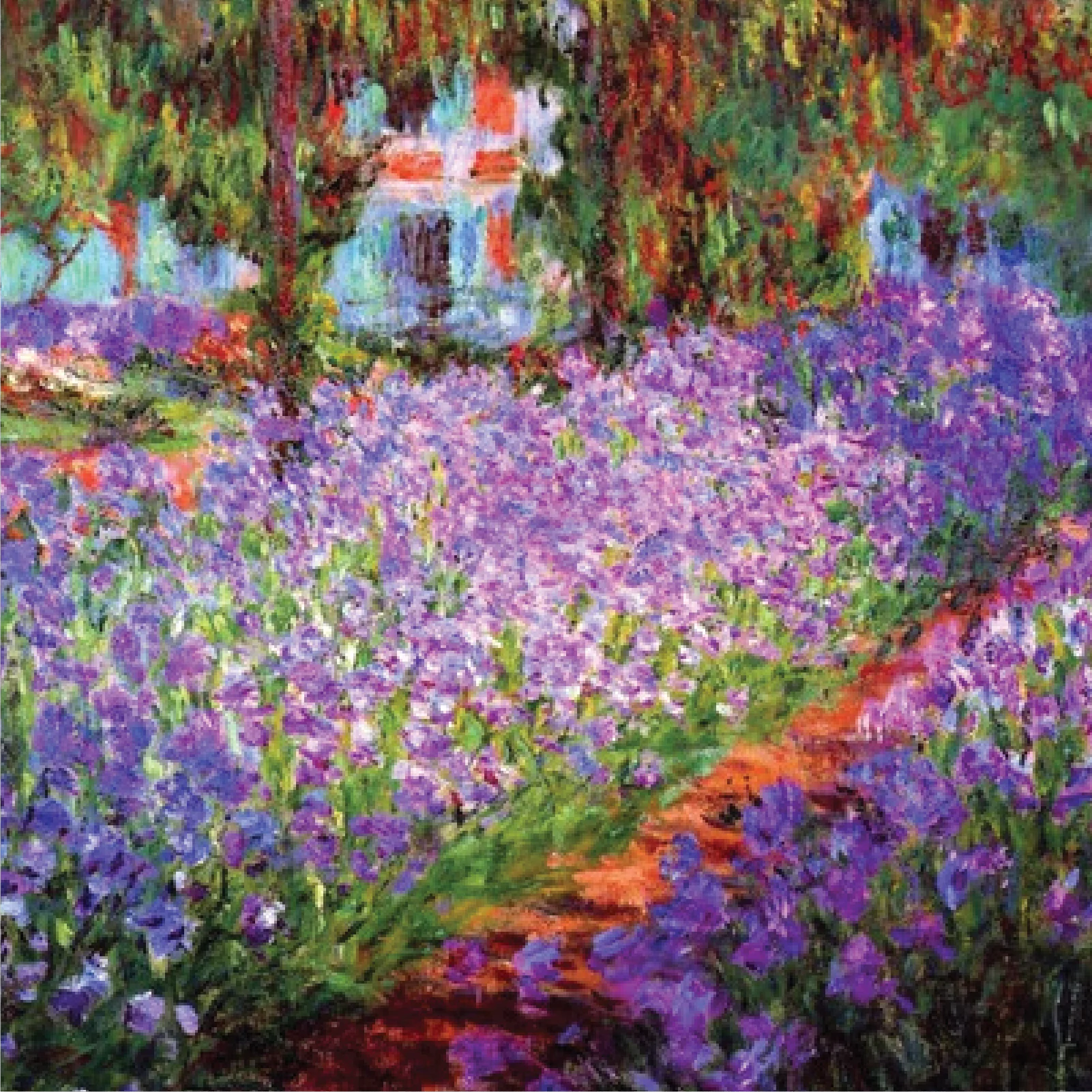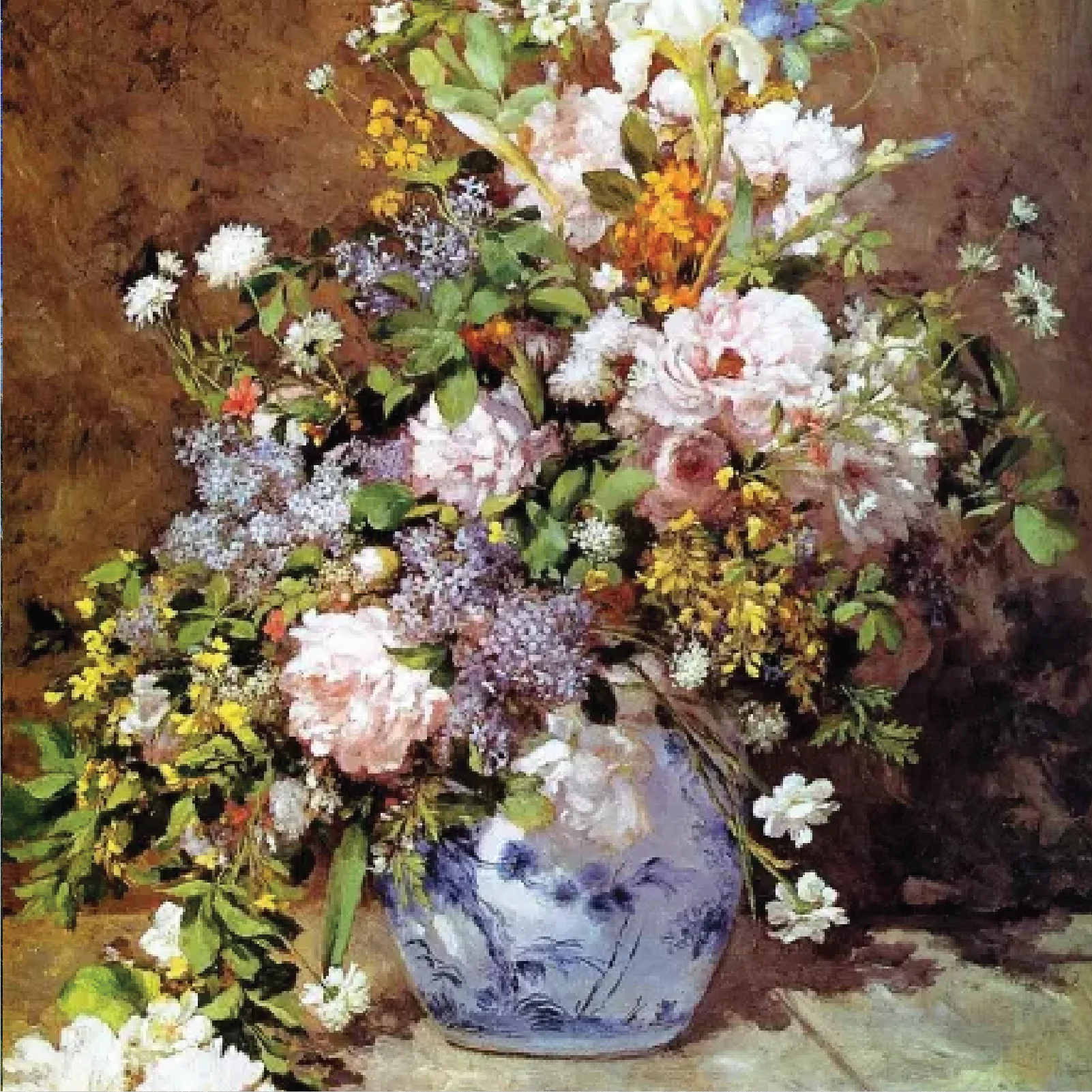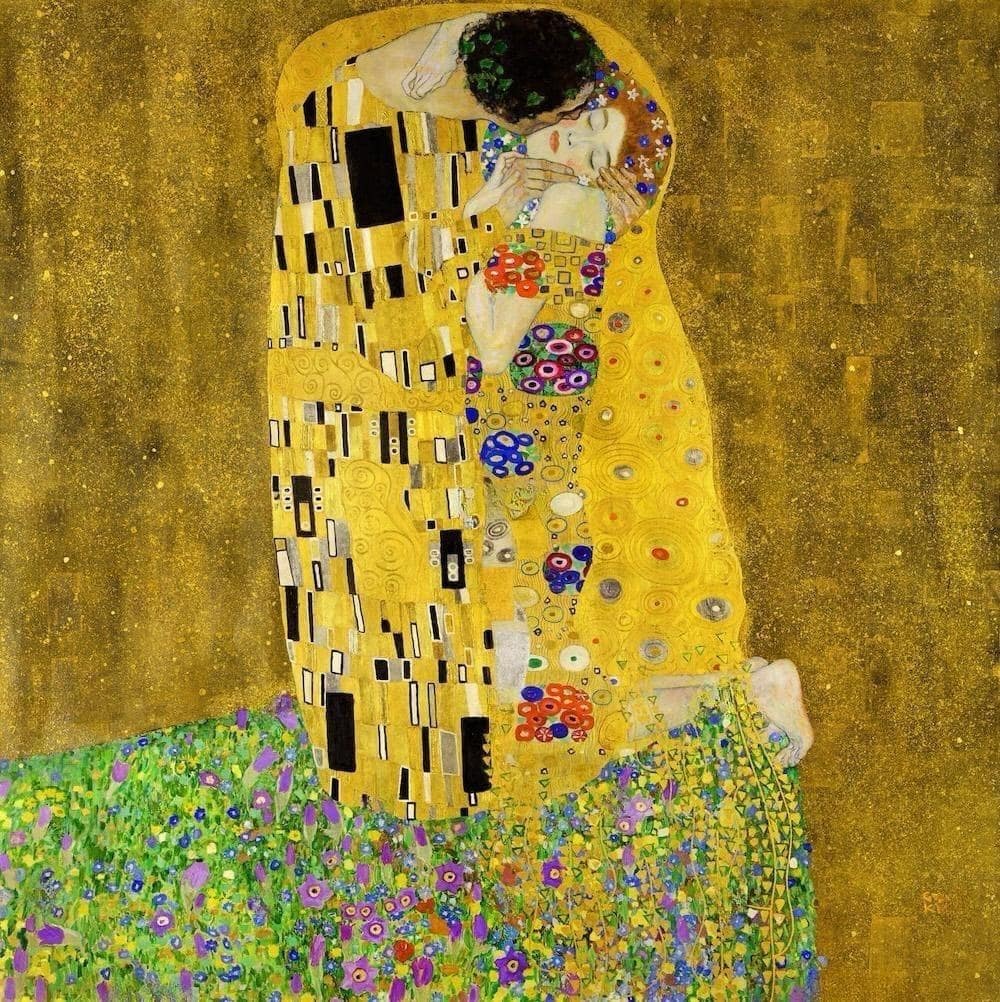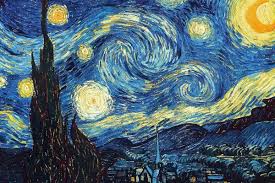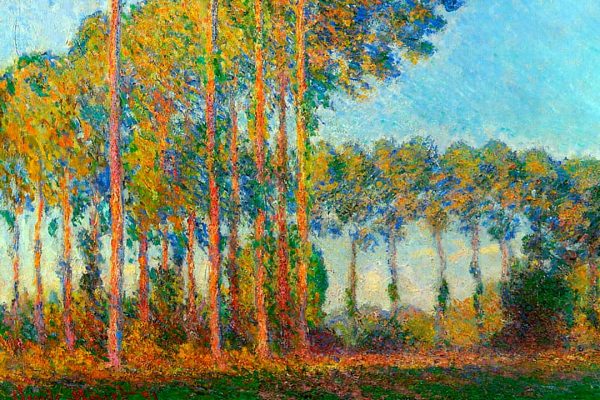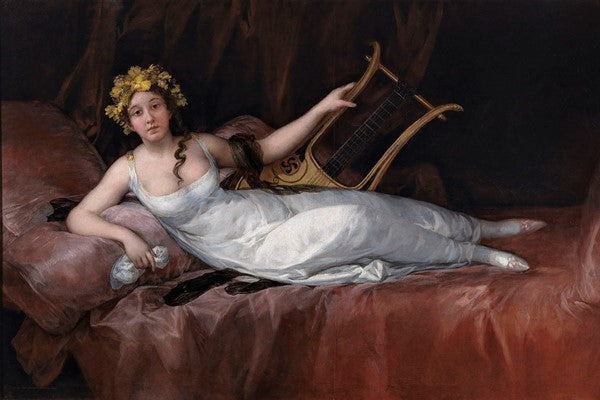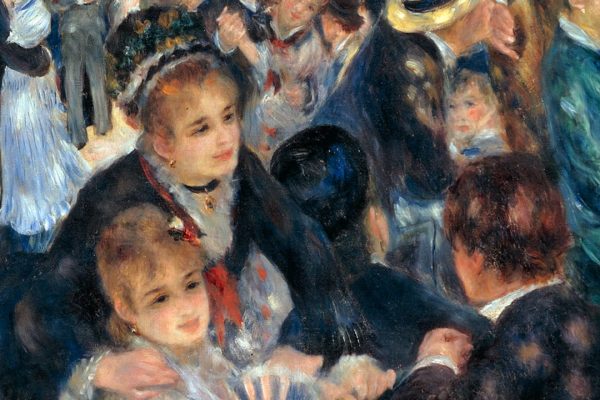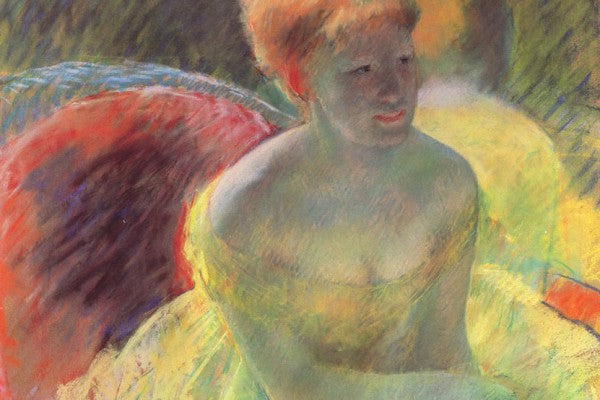For centuries, people have admired oil paintings over acrylic paintings, even when they are slow drying. They capture life's beauty and the artists' imaginations. We all love painting styles. They can be serene landscapes, lively portraits, or colorful abstracts.
But what makes these pieces so beloved? In this blog, we’ll dive into the reasons why we love oil paintings and why you should, too. Their rich history and ability to transform any space make it timeless. Let's explore the appeal of this classic art form.
The Emotional Connection with Oil Paintings
Oil paintings have a unique way of touching our hearts. it creates intricate textures that acrylic paint can not. When we look at a lovely painting, we often experience something special. It may remind us of a happy memory, an area we've been to, or a person we like. This emotional link is a key reason humans love grease artwork.
Each stroke of the brush can inform a tale. The colors and textures can make us experience joy, peace, or disappointment.
Sometimes, simply looking at a painting can elevate our spirits and brighten our day. It's like the artist's feelings are on the canvas, and we can share in that experience.
For instance, imagine a portrait of a peaceful seashore at sunset. The heat, shade, and mild waves may make you feel satisfied as if you were there. This is the magic of oil artwork—they can convey feelings to life in a manner that few other things can.
Give proper attention to the details about the originality of paintings.
Appreciating the History and Craftsmanship of Oil Paintings
The use of oil painting offers a long and rich history that goes back hundreds of years. Since the Renaissance, artist have created beauty with piece of art.
It was a time when greats like da Vinci and Michelangelo lived. These are timeless. They showed oil painting techniques and dedication to their creator's finished pieces.
The brushstrokes and techniques used by the painter are also fascinating. Artists use brushes of different shapes and sizes to create various effects. They might use a thin brush for fine details or a thick brush for bold strokes. Some artists even use knives to spread the paint, giving their work a unique texture.
Many artists, like Vincent van Gogh, Leonardo, and Rembrandt, are known for their oil pigment paintings. Van Gogh's "Starry Night" and Rembrandt's self-portraits are masterpieces created using oil paints.
They showcase their incredible skill in using oil. People admire these paintings for their beauty in one glaze. They also admire the talent and effort that went into making them.
The Aesthetic Qualities of Oil Paint in Art History
Oil artwork is sought after for its stunning visual attraction. One of the important thing reasons is the rich and colourful shades that oil paints can produce. These colors may be bold and vibrant or tender and diffused, depending on the artist's desire. Mixing and layering those hues provides depth and element. It makes the painting come alive.
Another beautiful thing about oil paintings is their vibrant colors. When artists apply the paint thickly, it creates a 3 dimension effect you can clearly feel if you touch the painting (although it is great not to!). This texture provides realism. It makes the portrayal extra interesting from exceptional angles to achieve subtle effects.
The shine of oil paints additionally unites them. The works of art has an herbal gloss that makes the colors pop and gives the paintings a special glow. This smooth end could make the portrayal look extra polished. It complements its beauty and professionalism.
Oil artwork can depict many subjects. They can show serene landscapes, specific images, or summary designs. This range means there’s something for every medium person.
Adding a Touch of Sophistication with Oil Paintings
Oil paintings have a special way of making any room feel more elegant and have a vast array of luminosity. When you hang on your wall, it adds a sense of class and sophistication to your space. The rich colors and details can make a simple room more stylish.
One reason oil paintings add such sophistication is their timeless quality. Unlike some modern art styles, oil paintings have been admired for centuries. They won't go out of fashion. This classic appeal means that can enhance your home’s decor no matter what trends come and go.
Choosing the right oil painting can also show off your personal taste and style. A serene landscape, a detailed portrait, or an abstract piece? Your choice shows your personality and adds a unique touch to your home. It’s like having a piece of your character displayed for all to see.
Conclusion
However, oil paintings have a drying time that is hard to cover, but they are truly special. They evoke our emotions, create a sense of depth, show great skill, and add beauty and elegance to our homes. Choose oil paintings that reflect your taste and style. This will create a unique, inviting space.
If you’re looking to add some beautiful oil paintings to your home, check out Art&see. They offer amazing reproductions at reasonable prices. Art&see has something for everyone. It has classic landscapes, vibrant abstracts, and more. Visit their website and discover the perfect pieces to enhance your home today.
FAQs
How do I choose the right oil painting for my home?
Consider your taste, your home's style, and colors that match your decor.
What are the essential steps to make oil painting?
To make oil painting, start by gathering your materials: oil paints, brushes, a palette, canvas, and linseed oil. Begin with a sketch on the canvas, apply an underpainting, and then build layers of paint, allowing each to dry before adding more details.
How can I start learning oil painting?
Begin with online tutorials or take a beginner's class, and practice regularly.
What basic materials do I need to start oil painting?
You'll need oil paints, brushes, a palette, canvas, linseed oil, and a palette knife.
What is the difference between original oil paintings and reproductions?
Original oil paintings are unique, one-of-a-kind works by an artist. Reproductions are high-quality copies of original artworks.





